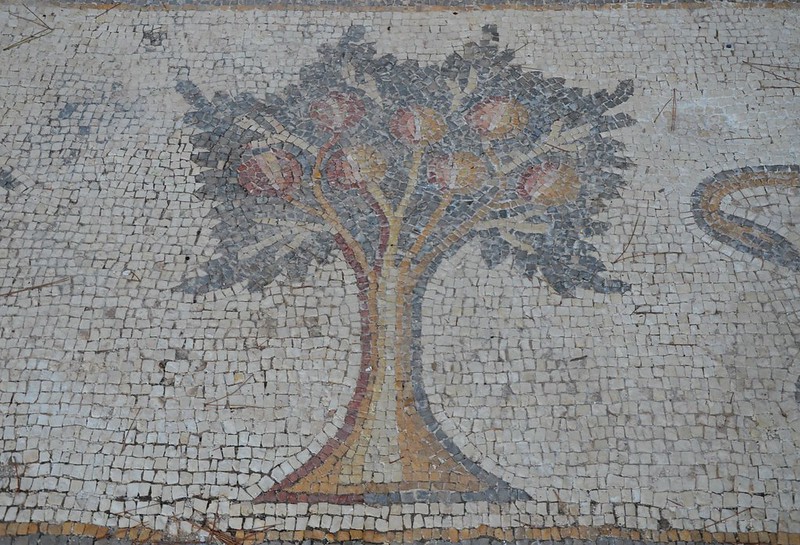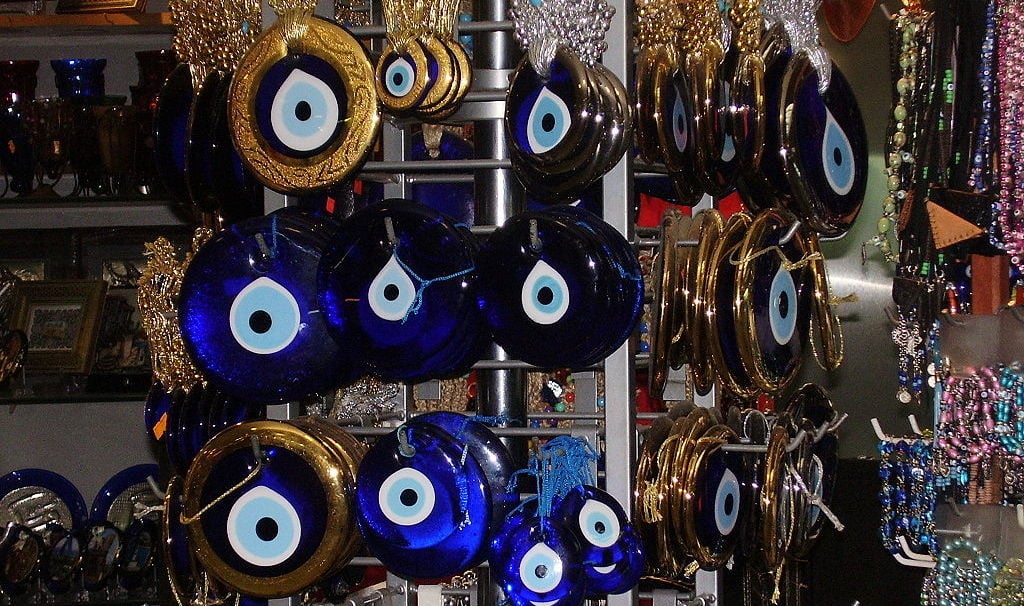
Superstitions are a big part of popular culture. Some are held onto out of ritual, while others originate from ancient religions but continue to be believed today.
The ancient world was pagan, and the shift between the polytheistic pantheon and the modern tendency toward monotheism has been a slow one. Some of the ancient pagan traditions and symbols have been transformed and included in Christianity, such as the cult of the holy mother. Others have remained in practice to this day.
The idea of “luck” is intimately tied to the pagan world, and the word “fortune” itself comes from the blindfolded Roman goddess Fortuna in charge of people’s destinies.
Crows as a bad omen
Crows are often regarded as ominous visions, and this has become a trope of popular culture and cinema. However, this superstition comes from Ancient Greece, where crows and birds were used for divination. The birds were associated with Apollo, who had turned them black from their original white color as a form of punishment. Cawing crows were considered to be an omen of death, and this negative association lives on to this day.
Pomegranate smashing for the New Year

Pomegranates and their seeds are a symbol of fertility, and, in Greek households, they are often hung in front of the house on New Year’s Eve, ready to be smashed or carried to mass over Christmas to be blessed. Many seeds coming out from the pomegranate are good luck for the new year. Both the color red and the seeds are considered to be good luck, but did you know this tradition is ancient?
Persephone was the daughter of Demeter, goddess of agriculture, and the granddaughter of Cronos and Rhea.
She was tricked into marrying Hades when he offered her a pomegranate, a fruit from the Underworld. When Demeter found out, she sent Hermes to retrieve her, but since she had eaten food of the underworld, she had to spend three months there every year. As the granddaughter of Cronos, her cult was intimately tied to the passing of seasons and agriculture, and her cult continued throughout most of Greece. Other Mediterranean countries where the cult of Persephone was strong still associate the pomegranate to fertility and prosperity.
Numbers 7 and 17
Every culture has its own lucky and unlucky numbers, and for Ancient Rome, numbers were quite important. Ancient Rome’s lucky number was seven. Rome was founded on seven hills on April 21st, which is a multiple of seven. It was first ruled by seven kings and has seven main basilicas. The seven main gods venerated in Ancient Roman religion were Mars, Mercury, Jupiter, Venus, Saturn, the Sun, and the Moon which also happen to be the roots of the seven days. English preserves only some of the translated names of days from Latin, such as Monday, Saturday, and Sunday.
The ancient Romans had created a mythology that connected the number seven to Rome, and the lore created around it was spread in the world by the Roman Catholic Church. While the origins of the number have been lost, seven is still associated to God and continues to be regarded as a lucky number worldwide. Meanwhile, there continues to be a superstition of seventeen as unlucky in the Roman world, as the anagram of the number in Latin, XVII was VIXI, meaning “I lived.”
While most of the Western world follows the idea that the number thirteen is unlucky, Italy still does not build seventeenth floors or apartments, and these are often labeled “16B” instead.
Male genitalia for good luck
This somewhat obscene superstition hails from Ancient Rome, where male genitalia symbols were used as a symbol for prosperity and fertility. In Ancient Rome, it was a common sight to see male genitalia icons on the side of the road, and symbols were hung in homes as good luck, paraded around the streets for festivals, and even made into common-day objects.
While the superstition itself perished with ancient Rome, many countries that were once part of the Roman Empire continue to hold on to these traditions, having swapped out the actual imagery for other things that look similar. Festivals where huge wooden genitalia would be paraded around the streets have been swapped out for wooden figures of saints in Roman Catholic countries. The cornucopia has remained a symbol of fertility in many cases, and horns are still widely used in many cultures for good luck.
The evil eye

The mati, sometimes called nazar, is a very popular and ancient amulet used to ward off the evil eye. It is believed that insincere compliments or jealous looks can bring bad luck to someone, but the idea of the eye as an amulet is quite ancient.
The eye of Horus was commonly worn in Ancient Egypt. It was believed that Horus, the falcon god, had his eye plucked out by his uncle Seth out of jealousy, but the goddess Hathor restored it. The eye of Horus was used as a symbol of healing.
Ancient Greeks adopted the evil eye in the same way it appears today, and as early as the 6th century BC, there were examples of the evil eye being carved or painted on common objects, such as drinking vessels.
See all the latest news from Greece and the world at Greekreporter.com. Contact our newsroom to report an update or send your story, photos and videos. Follow GR on Google News and subscribe here to our daily email!



